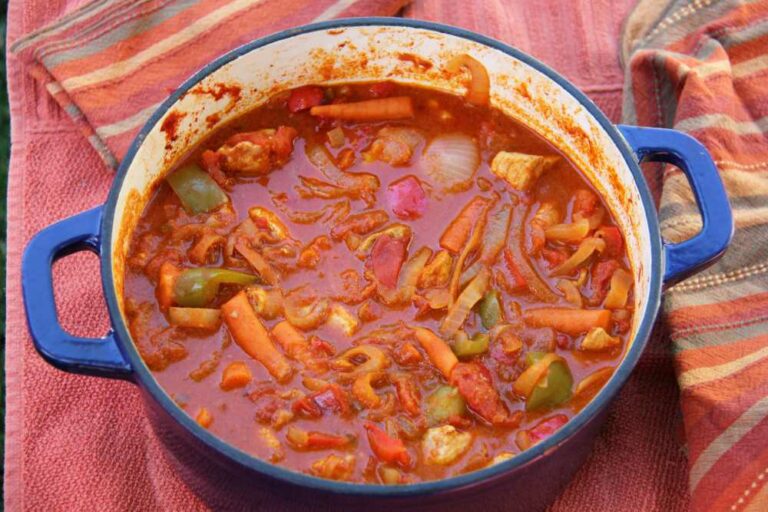Introduction: Exploring Romanian Cuisine
Romanian cuisine is a fusion of different cultures and has been influenced by neighboring countries such as Bulgaria, Hungary, and Turkey. Romanian cuisine is characterized by its rich and hearty dishes that are infused with a wide range of spices. The cuisine is a reflection of the country’s history and geography, which has led to a blend of different traditions and flavors.
Romanian cuisine is not as widely known as some of its European counterparts, but it has a lot to offer. Romanian dishes are flavorful and diverse, incorporating a wide range of ingredients that reflect the country’s cultural heritage.
The Role of Spices in Romanian Cooking
Spices play a crucial role in Romanian cooking, adding flavor and depth to dishes. Some of the most commonly used spices in Romanian cuisine include paprika, cumin, garlic, dill, and parsley. These spices are used to enhance the natural flavors of the ingredients, creating a unique and delicious taste.
Romanian cuisine is not typically known for being spicy, but rather for its use of herbs and spices. The spices used in Romanian dishes range from mild to strong, depending on the dish and the region it comes from. Overall, spices are an important part of Romanian cuisine and are used to add flavor and depth to dishes.
Traditional Romanian Dishes and Their Spice Levels
Traditional Romanian dishes vary in their spice levels, with some being mild and others being more spicy. Some of the most popular Romanian dishes include sarmale (stuffed cabbage rolls), mici (grilled minced meat), and mămăligă (polenta). These dishes are typically seasoned with a combination of herbs and spices, with the spice level varying depending on the region.
In general, Romanian cuisine is not known for being particularly spicy. However, some dishes, such as mici, may have a higher spice level than others. The spice level in Romanian cuisine is more about enhancing the natural flavors of the ingredients rather than creating a spicy taste.
Regional Variations in Romanian Cuisine
Romanian cuisine varies significantly from region to region, with each area having its own unique dishes and flavors. For example, in Transylvania, the cuisine is heavily influenced by Hungarian and German cooking, while in Moldova, the cuisine is more influenced by Russian and Ukrainian flavors.
The spice levels in Romanian cuisine also vary depending on the region. For example, the cuisine in Transylvania tends to be spicier than the cuisine in Wallachia. The regional variations in Romanian cuisine make it a diverse and exciting cuisine to explore.
The Influence of Neighboring Countries on Spice Usage
The neighboring countries of Romania, including Bulgaria, Hungary, and Turkey, have all had an impact on Romanian cuisine and the spices used in it. For example, the use of paprika in Romanian cooking is a result of Hungarian influence, while the use of garlic and dill comes from Turkish influence.
The influence of neighboring countries on Romanian cuisine has led to a wide range of spices being used, creating a unique and diverse cuisine. The use of spices in Romanian cuisine reflects the country’s cultural heritage and history.
Conclusion: Is Romanian Cuisine Spicy?
In conclusion, Romanian cuisine is not known for being particularly spicy, but rather for its use of herbs and spices to enhance the natural flavors of ingredients. The spice levels in Romanian dishes vary depending on the region and the dish, with some dishes being mild and others having a higher spice level.
Overall, Romanian cuisine is a diverse and exciting cuisine to explore, incorporating a wide range of flavors and traditions. Whether you prefer mild or spicy dishes, Romanian cuisine has something to offer everyone.

